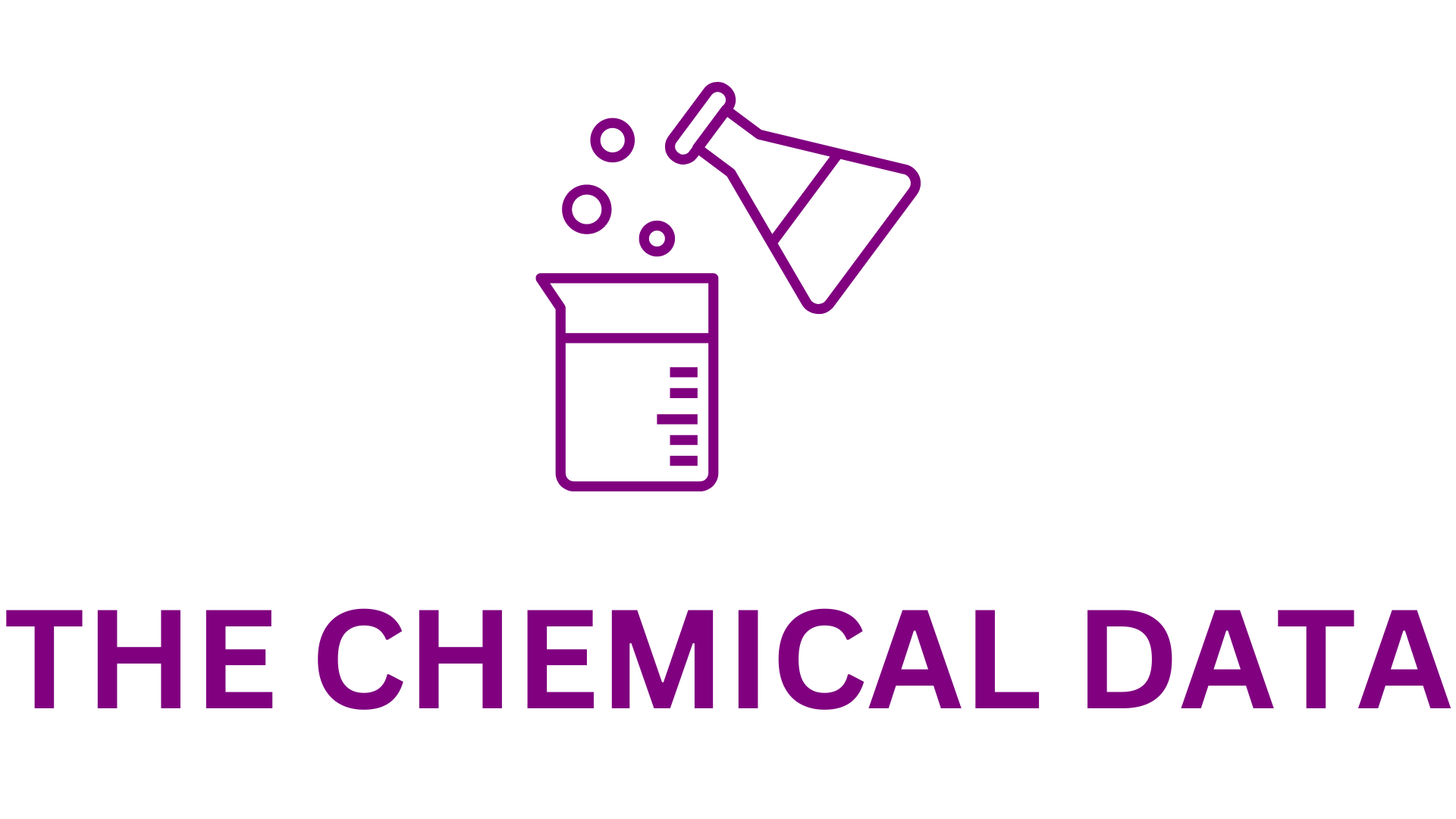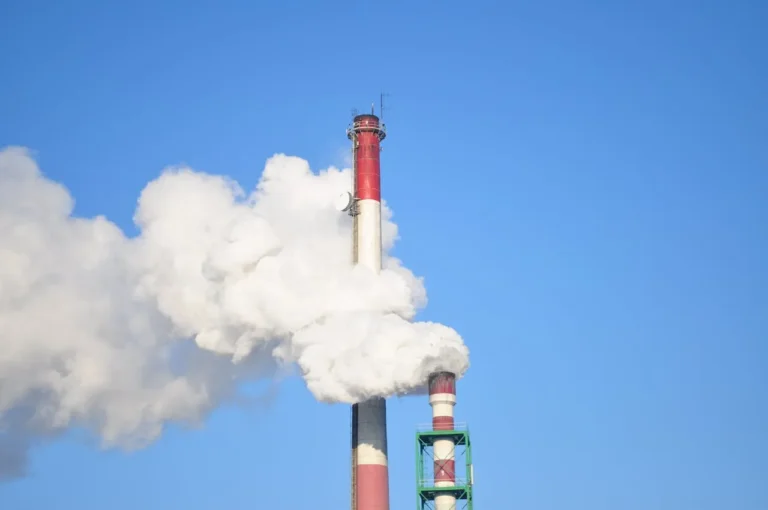
Covestro is investing approximately €100 million in its global R&D infrastructure and assets over the next three years, until 2025. This initiative aims to enhance the company’s competitiveness in a challenging market while focusing on future technologies to accelerate the transition toward a fully circular economy. A comprehensive digitalization strategy in R&D plays a crucial role in this process, with Covestro committed to continuous investment in its key innovation centers. Upgraded equipment, automated systems, and new digital capabilities will be introduced in laboratories and technical centers worldwide, reflecting Covestro’s holistic approach to innovation at multiple levels.
Sucheta Govil, CCO at Covestro, stated, “Our investments in R&D are integral to our strategy of creating value for our customers. They enable us to maintain a robust innovation pipeline, positioning us as a partner for more sustainable solutions that help meet our customers’ climate-neutrality targets. This global innovation boost brings us closer to our shared goal of achieving full circularity.”
Paving the Way for the Laboratory of the Future
A prime example of Covestro’s R&D investments is its expertise in In-Mold-Coating (Direct Coating), supported by recently enhanced facilities in Leverkusen and other major R&D sites. The implementation of end-to-end digitalization has facilitated the recording of all process-relevant data, significantly advancing process technology. In the competitive automotive industry, innovations in In-Mold-Coating technologies lead to high-quality surfaces for modern vehicles, directly contributing to more efficient automotive production.
Another significant milestone is the introduction of high-performance computers (HPCII) at the Leverkusen site, marking a new phase in technological evolution towards an innovation incubator for the circular economy. These computers enable simulations of chemical processes, allowing for faster and more sustainable research. They are particularly useful in foam processing simulations for refrigerators, enhancing energy efficiency and improving cool chain logistics in end products.
“Simulating chemical processes is essential for developing recycling technologies and researching new molecule classifications,” explained Torsten Heinemann, Head of Group Innovation & Sustainability at Covestro. “Moreover, digitalization in laboratories allows us to collect test data with greater quality and volume than traditional methods. This advancement helps us quickly identify the most sustainable solutions for our customers. Without digital R&D and simulations, many developments in recycling would be like searching for a needle in a haystack.”
Chemical Recycling and Innovative Projects
Chemical recycling presents a promising solution for plastics that are difficult to recycle mechanically or require significant effort to recycle. This method allows for the recovery of large quantities of the original material. One notable project is the Evocycle® CQ mattress initiative, where Covestro, in collaboration with partners, has developed innovative technology for the chemolysis of flexible polyurethane foams from used mattresses. This process recovers key components—polyol and the precursor to the isocyanate TDI—allowing used mattress foams to be converted back into renewed polyurethane building blocks.
Investment in Infrastructure and Global Sites
A strong infrastructure is essential for innovative research. Covestro’s investments also encompass modernization efforts in its laboratories in Leverkusen, which support application technology for coatings and adhesives in core industries such as automotive and construction, as well as specialized fields like light-guiding applications and medical technology.
In the U.S., Covestro is modernizing and upgrading its R&D facilities across its Pittsburgh campus, emphasizing its commitment to an innovative and high-potential market.
Additionally, significant investments in infrastructure and digitalization have been made at Covestro’s innovation center in Shanghai, China, reinforcing its leadership in developing solutions for the automotive and electronics industries.







